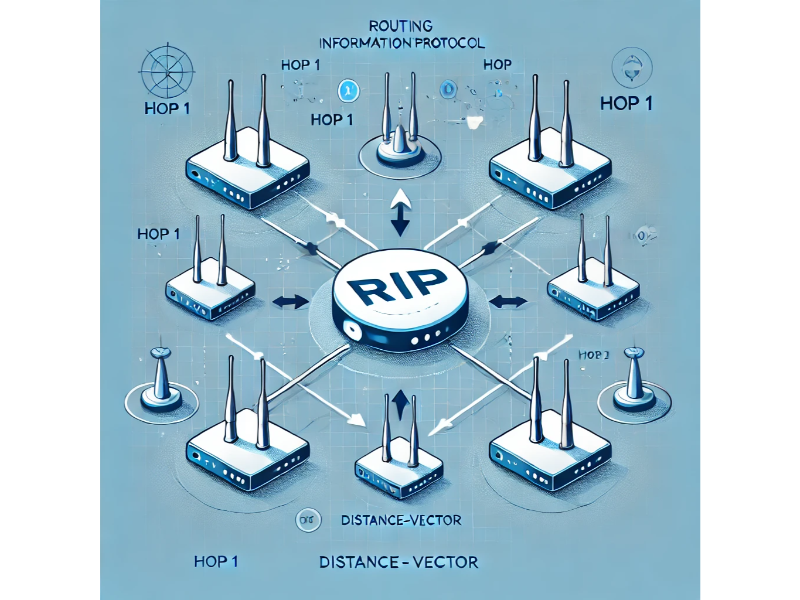- RIP’s simplicity and adaptability make it a reliable choice for small or legacy networks, where advanced protocols are unnecessary or unsupported.
- With its foundational role in Internet routing, RIP continues to provide valuable insights into routing mechanics while supporting environments prioritizing ease of use and compatibility.
RIP, or Routing Information Protocol, is one of the earliest and most widely recognised routing protocols. Developed in the 1980s, RIP simplified routing by using a distance-vector approach, prioritising ease of implementation.
Although modern protocols like OSPF and BGP have surpassed RIP in complexity and scalability, RIP still serves a role in small networks and legacy systems. This guide delves into the mechanics, features, and relevance of RIP in today’s networking landscape.
The basics of RIP
RIP operates using a distance-vector routing algorithm, which determines the best path for data packets based on the number of hops. Each hop represents a router along the path to the destination. With a maximum hop count of 15, Routing Information Protocol prevents infinite loops but limits its use in larger networks. Any route exceeding 15 hops is considered unreachable, a characteristic that highlights both the simplicity and constraints of RIP.
The protocol works by periodically broadcasting routing tables to all neighbouring routers, ensuring each device in the network has a consistent view of available paths. Updates occur every 30 seconds, but this frequency can lead to unnecessary traffic in stable environments. Despite its limitations, RIP’s straightforward configuration and widespread compatibility make it an enduring choice for smaller networks.
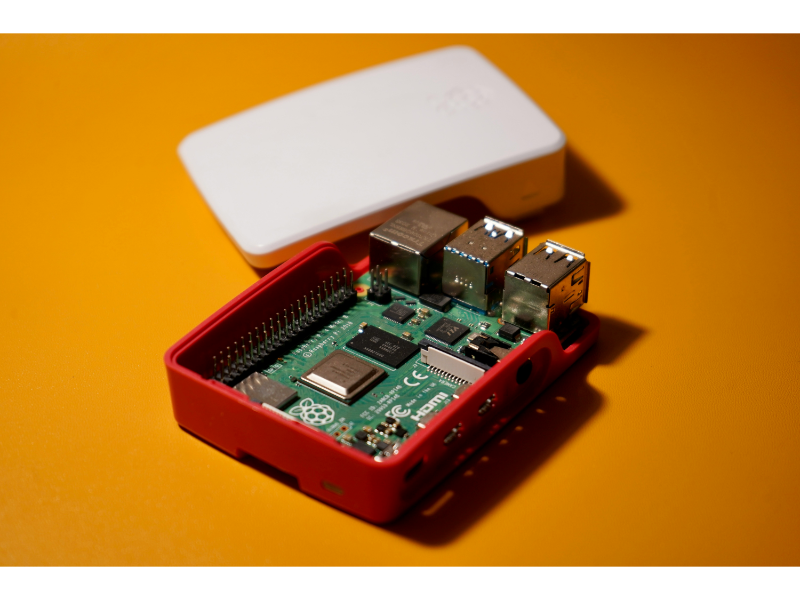
Key benefits of Routing Information Protocol include its support for load balancing across equal-cost routes and its intuitive design, which requires minimal training for network administrators. However, its reliance solely on hop count can lead to suboptimal routing decisions in more complex scenarios.
How RIP works
The operational core of RIP lies in its routing tables, where routers maintain a record of all known network destinations, their respective distances, and the next hop in the path. By periodically sharing these tables, RIP allows routers to update their information and adapt to network changes.
Also read: Why do we need protocols in computer networks?
When a router receives an updated routing table from a neighbour, it compares the new data with its current table. If the updated path offers a shorter route (fewer hops), the router adjusts its table accordingly. To prevent routing loops, Routing Information Protocol employs several mechanisms:
- Split Horizon: Prevents a router from advertising a route back to the router it learned it from.
- Poison Reverse: Marks invalid routes with a hop count of 16, signalling that the destination is unreachable.
- Hold-Down Timer: Temporarily prevents changes to routes, stabilising the network during updates.
Routing Information Protocol’s reliance on regular updates ensures that changes in the network topology are reflected, but it also means slower convergence compared to modern protocols like OSPF.
The role of Routing Information Protocol in internet routing
RIP holds a foundational role in the development of Internet routing, particularly during its inception. Designed specifically for IP-based networks, RIP’s architecture provides a simple yet effective mechanism for routing datagrams across interconnected systems. C. Hedrick, in his seminal work from Rutgers University in June 1988, outlined Routing Information Protocol’s core purpose, stating that “routing is the method by which the host or gateway decides where to send the datagram.” Whether directly to the destination or through a series of gateways, RIP enables devices to navigate complex networks efficiently.
Also read: What are the layers and layered models of network protocols?
RIP was intended for environments like the ARPANET, Ethernet, or other point-to-point links that dominated early network designs. In these contexts, the protocol ensured that hosts and gateways could route IP datagrams by determining the most appropriate next hop toward their destination. This simplicity, while foundational, established principles still in use today. The idea of a host or gateway relaying a datagram to a gateway “nearer the destination” reflects the fundamental distance-vector algorithm upon which RIP operates.
Routing is the method by which the host or gateway decides where to send the datagram.
C. Hedrick
The enduring relevance of RIP lies in its straightforward approach to such scenarios, which is invaluable in networks that do not demand the sophisticated capabilities of modern protocols. For instance, RIP’s maximum hop count of 15 ensures that datagrams traverse a limited number of gateways, preventing routing loops while maintaining operational simplicity. While this limitation may not suit expansive networks, it is well-suited to smaller systems where a lightweight and easily implemented solution is more practical than a complex alternative like OSPF or BGP.
Routing Information Protocol also excels in networks where resources are constrained, such as in embedded systems or older infrastructure still dependent on legacy technologies. By adhering to a simple set of rules and updating routes through periodic broadcasts, RIP minimizes overhead and computational demands on devices, making it an optimal choice for low-bandwidth or energy-conscious environments.
Also read: What network protocols do you use on a daily basis?
Additionally, RIP’s historical context is crucial for understanding the evolution of Internet routing. Its widespread adoption in the late 20th century laid the groundwork for the development of more advanced protocols. The principles articulated by Hedrick—such as the gateway’s role in making iterative decisions to route data closer to its target—remain integral to the logic of all modern routing systems.
Despite the emergence of newer protocols, Routing Information Protocol’s contributions to Internet architecture cannot be overstated. It continues to play a role in specific applications, offering a glimpse into the ingenuity of early networking solutions while remaining relevant in scenarios where simplicity triumphs over complexity.
Versions of Routing Information Protocol
Over time, Routing Information Protocol has evolved through three main versions to address the changing needs of networks:
RIP Version 1 (RIPv1)
Standardised in 1988, RIPv1 is a classful protocol that does not include subnet information in its updates. This limitation made it less adaptable to modern networks, where subnetting is essential for efficient IP address allocation.
RIP Version 2 (RIPv2)
Introduced in 1998, RIPv2 addressed the shortcomings of its predecessor by supporting classless inter-domain routing (CIDR) and including subnet masks in routing updates. It also enhanced security by introducing authentication options and reduced network traffic by using multicast addresses instead of broadcast.
Also read: Network protocols: Backbone of modern communication
RIP Next Generation (RIPng)
RIPng extends the protocol to support IPv6, addressing the growing need for next-generation IP addressing. While it retains many characteristics of RIPv2, RIPng includes improvements tailored to IPv6 networks, such as support for 128-bit addresses.
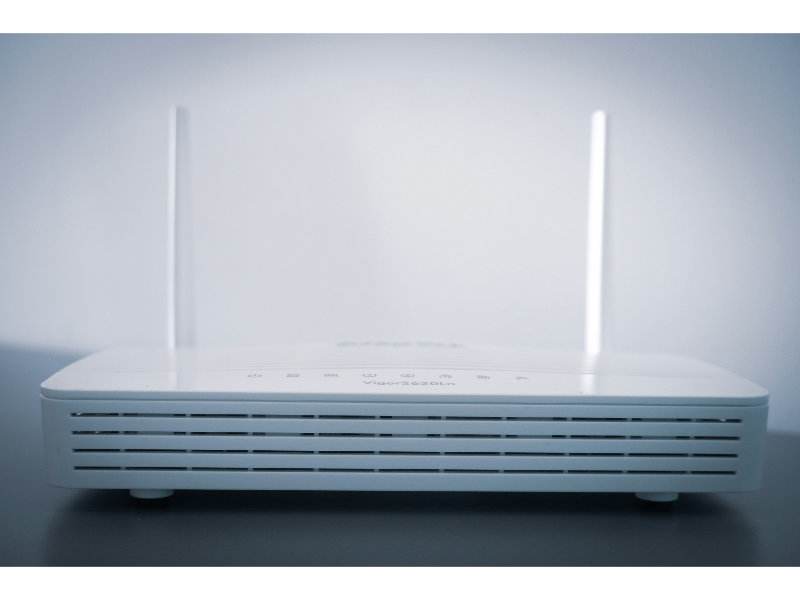
Advantages and disadvantages of RIP
Like any protocol, Routing Information Protocol has its strengths and weaknesses, which influence its suitability for different network environments.
Advantages of RIP
- Simplicity: Easy to configure and maintain, making it ideal for small networks and training purposes.
- Compatibility: Supported by a wide range of devices, including legacy systems.
- Load Balancing: Distributes traffic across equal-cost routes, improving network efficiency.
Disadvantages of RIP
- Limited Scalability: The 15-hop limit restricts its use in larger networks.
- Inefficient Metric: Relies solely on hop count, ignoring factors like bandwidth and latency.
- Slow Convergence: Regular updates and a lack of advanced mechanisms for rapid adaptation result in slower network updates.
Despite its limitations, RIP remains a viable choice for specific use cases, particularly in small or legacy networks.
Also read: Network protocols: How do they enable devices to communicate?
Why RIP still matters
In a world increasingly dominated by advanced and sophisticated routing protocols, RIP continues to hold a place of relevance, particularly in scenarios where simplicity, compatibility, and ease of use are paramount. While more advanced protocols like OSPF and BGP dominate large-scale enterprise and global networks, RIP’s straightforward design makes it an enduring choice in smaller setups, legacy systems, and even in educational environments.
One of Routing Information Protocol’s primary advantages lies in its simplicity. For small businesses, home networks, or environments where minimal technical expertise is available, RIP provides a manageable solution that doesn’t overwhelm users with complex configurations or high resource requirements. It’s a perfect introduction to routing for network administrators just starting out, as its principles are easy to grasp. In this way, RIP serves not only as a practical tool but also as a teaching aid, helping new professionals learn the fundamentals of network routing.
Legacy systems are another domain where RIP continues to shine. Many older devices, especially those manufactured before the rise of IPv6 and more modern routing protocols, may not support advanced options like OSPF or BGP. In these cases, Routing Information Protocol remains one of the few compatible choices. For organisations that rely on these legacy systems, such as in industrial or specialised operational contexts, upgrading to newer equipment may not be financially viable or operationally practical. RIP ensures these systems can continue functioning effectively without requiring costly overhauls.
Also read: EIGRP protocol: the only IGP that can perform unequal-cost-load-balancing
Another often-overlooked aspect of RIP’s value is its role in low-stakes, stable networks. For instance, small office or home office (SOHO) networks with limited devices and straightforward topology often do not require the advanced features of complex protocols. Here, RIP’s limited functionality—such as its maximum hop count of 15—becomes a benefit rather than a drawback, providing just enough capability to meet the network’s demands without excessive overhead.
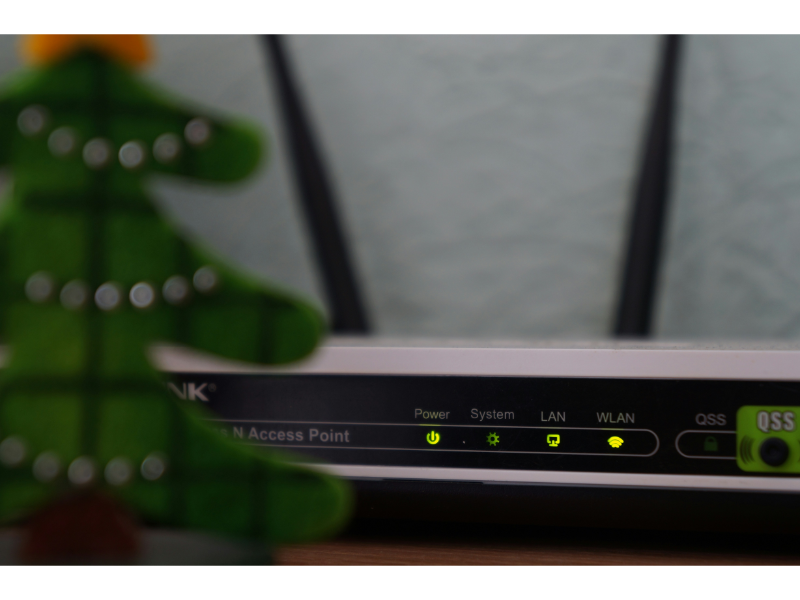
Moreover, RIP’s presence in the academic world has been instrumental in shaping the careers of countless network engineers. Its simplicity allows educators to focus on fundamental concepts such as distance-vector routing, metric calculation, and basic configuration, which are applicable across more complex protocols. By understanding RIP, students build a foundation that supports their progression to more advanced topics.
Despite the dominance of newer protocols, Routing Information Protocol’s accessibility and relevance to specific niches make it a valuable tool. It may not power sprawling data centres or global ISPs, but its enduring utility proves that, sometimes, simplicity is the best solution.
Configuring Routing Information Protocol
Setting up RIP is a straightforward process that contributes to its appeal for administrators who value simplicity and ease of deployment. Unlike more complex protocols, Routing Information Protocol requires minimal configuration, making it ideal for smaller networks where quick implementation is a priority. However, effective configuration still requires an understanding of the protocol’s options and limitations to ensure optimal performance.
Also read: The rules for data exchange: Network communication protocols
The first step in configuring RIP involves enabling the protocol on the router. This is typically done using the command router rip, which activates the RIP process. From there, administrators specify the networks that RIP will manage using the network [network address] command. These commands tell the router which interfaces will participate in RIP and allow it to begin exchanging routing information with neighbouring devices.
RIP operates on a periodic update mechanism, sending its routing tables every 30 seconds. While this ensures that the network topology remains consistent, it can also generate unnecessary traffic in stable networks. Advanced configurations, such as adjusting timers, can help minimise this overhead. For instance, administrators can modify the update timer to reduce the frequency of broadcasts, striking a balance between reliability and efficiency.
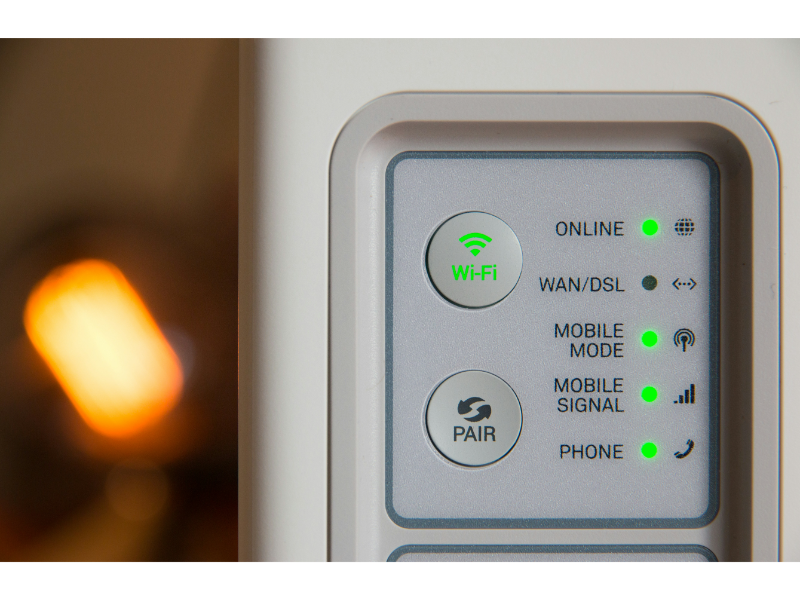
Authentication is another important consideration when setting up Routing Information Protocol, particularly in environments using RIPv2. By default, RIP updates are not secure, leaving them vulnerable to malicious interference. Configuring authentication ensures that only trusted devices can exchange routing information. This involves setting a password or using MD5 hashes for verification, a step that significantly enhances the security of the network.
Passive interfaces are another useful feature in RIP’s configuration toolkit. By designating certain interfaces as passive, administrators can prevent unnecessary RIP updates on specific links, reducing traffic and improving security. This is especially helpful in situations where an interface connects to a non-RIP network or is used for monitoring purposes.
Advanced setups may also involve fine-tuning RIP’s split-horizon and hold-down mechanisms to optimise network stability. Split-horizon prevents routers from advertising a route back to the source it was learned from, avoiding routing loops. Hold-down timers, on the other hand, temporarily disable routes that have experienced changes, giving the network time to stabilise before reintroducing them.
Ultimately, while Routing Information Protocol’s configuration is simple compared to more advanced protocols, its flexibility allows for customisation that can address specific network needs. Properly set up, RIP remains a reliable and efficient choice for small-scale and legacy networks.
FAQs
RIP, or Routing Information Protocol, is a distance-vector routing protocol that determines the best path for data packets based on the number of hops. Each hop represents a router along the path to the destination, and RIP uses a maximum of 15 hops to prevent routing loops. It periodically broadcasts routing tables to neighboring routers every 30 seconds to keep the network up to date.
RIP’s maximum hop count of 15 limits its scalability, as any route exceeding 15 hops is considered unreachable. This makes it unsuitable for large networks, where more advanced protocols like OSPF and BGP are required.
RIP employs three key mechanisms to avoid routing loops: Split Horizon, Poison Reverse, and Hold-Down Timer.
RIP remains relevant in small, legacy, and low-resource networks where simplicity, ease of use, and low overhead are priorities. It is also used in educational environments to teach networking concepts and in systems that rely on older infrastructure that cannot support more advanced protocols.
RIP can be configured with authentication to secure routing updates, using methods like password protection or MD5 hash verification. This ensures that only trusted devices can exchange routing information and prevents malicious interference.

